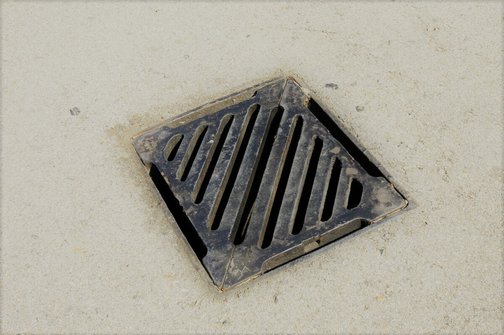Good morning everyone.
Having dug an exploratory hole to expose the footings on a bungalow. I have exposed damaged or damaged while digging 2 x 12" lengths of 3" OD clay land drain...... this is obviously historic from when the bungalow was built (1960's) while the pipe was exposed the hole filled with water flowing in from both ends of the pipe. These were simply but jointed to the next pipe in the run. I have repaired this section with flexible couplings and pvc pipe (pictures below) and partially refilled the hole. It is still waterlogged and water sitting on top of the partially filled hole.
I would like some advice as to if this is to be expected until fully filled or if there is something I can do to stop this.
Any experience or advice gratefully received.
Having dug an exploratory hole to expose the footings on a bungalow. I have exposed damaged or damaged while digging 2 x 12" lengths of 3" OD clay land drain...... this is obviously historic from when the bungalow was built (1960's) while the pipe was exposed the hole filled with water flowing in from both ends of the pipe. These were simply but jointed to the next pipe in the run. I have repaired this section with flexible couplings and pvc pipe (pictures below) and partially refilled the hole. It is still waterlogged and water sitting on top of the partially filled hole.
I would like some advice as to if this is to be expected until fully filled or if there is something I can do to stop this.
Any experience or advice gratefully received.






